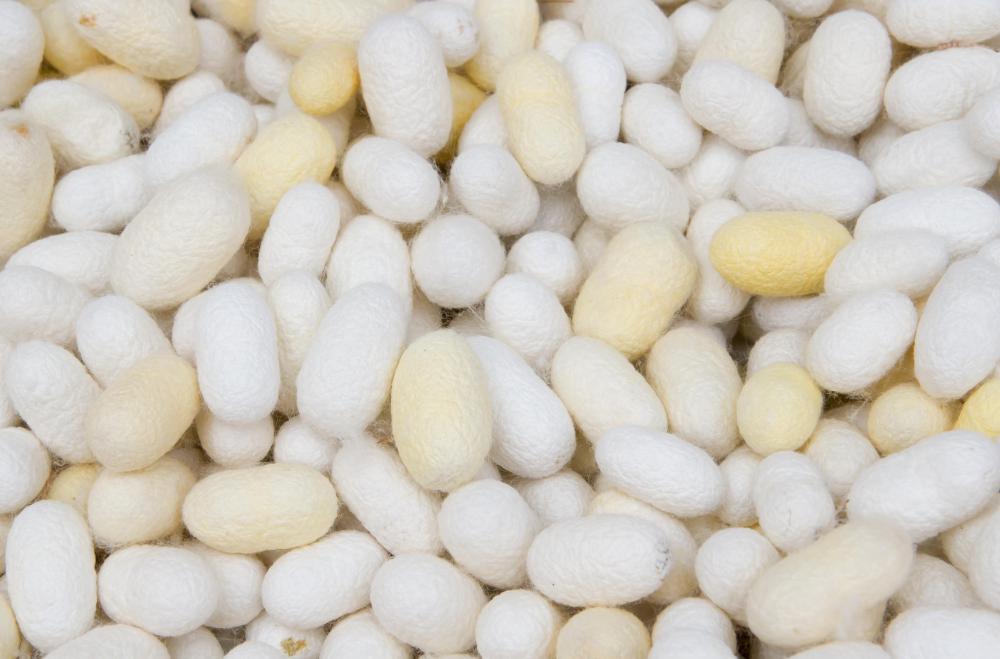At BeautyAnswered, we're committed to delivering accurate, trustworthy information. Our expert-authored content is rigorously fact-checked and sourced from credible authorities. Discover how we uphold the highest standards in providing you with reliable knowledge.
What is Pashmina?
Pashmina is a textile which became popular in the West in the late 1990s. It is very soft and warm, and used primarily in scarves and shawls. The word is derived from the Persian word pashm, which refers to the undercoat of fur on many animals — in this case, the goat.
This textile is usually made with wool from the underbelly of the Himalayan goat. Pure pashmina scarves and shawls are available, though many people find them too coarse or rough. A softening process is used by some manufacturers dealing in 100% pashmina wool. This process gives it a soft, almost silken quality. Because of the softness of processed garments, pure pashmina will often be referred to as cashmere. However, it is slightly different, and it comes from Tibet, not Kashmir.

Most commercially available pashmina is actually a blend of pure wool and silk. This adds strength and durability to the textile, which is otherwise too light to sustain much wear. Blends range from 80/20 pashmina to silk all the way to 50/50. As a general rule, the higher the content of wool, the more expensive the textile.
Pashmina has dropped in price significantly since it made its first appearance in the West. While shawls in the mid-1990s could easily cost upwards of $400 US Dollars (USD), a nice shawl may now be found for much less. Prices are unlikely to drop much further in the near future, however, due to the limited range of the Himalayan goat and the finite amount of wool which can be exported.

Scarves and shawls made from this textile are available in a wide range of colors and thicknesses. Most is sold in standard ply, also known as two-ply, which has sufficient weight to offer a good break against the cold. Lighter, single-ply pashmina is also available and ideal for warmer weather. Single-ply usually has a higher silk content as well, to ensure its durability.

The range in price of this material is often as much a function of the number of middle-men involved as of the quality of the textile itself. It is therefore advisable to purchase pashmina either through a respected store, or from a catalog or website with a good return policy. With its rising popularity, and the lack of any sort of certification system in place, there are many merchants peddling shoddy pashmina or imitation fabrics.
AS FEATURED ON:
AS FEATURED ON:













Discussion Comments
I loved using a pashmina shawl for a long time, and am searching for more styles and patterns.
I knew many people in college who had purchased pashmina scarves while traveling in the Middle East, saying they were much less expensive there. Most people I have known in the United States who purchased pashmina style scarves actually bought imitation pashmina, which looked nice but was also often less intricate and durable.
Good thorough description of pashmina.
Post your comments